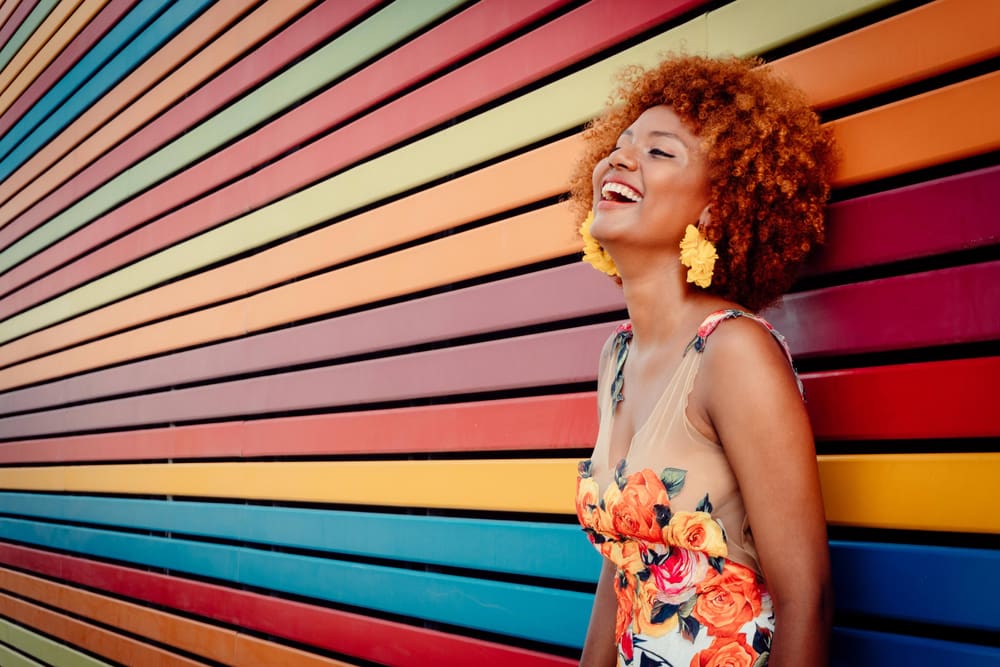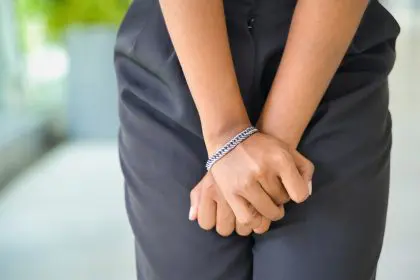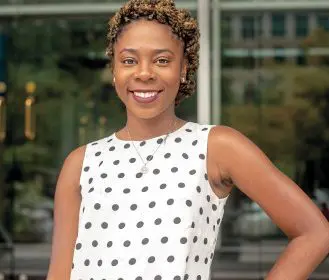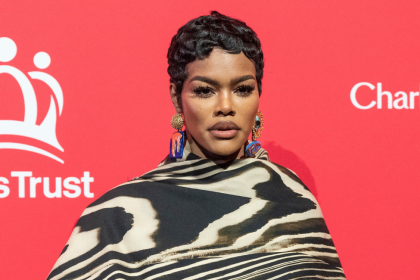From fiery reds to mermaid blues, hair color is a powerful tool for self-expression. But amidst the endless dye aisles and conflicting online advice, a persistent myth lurks: does coloring your hair young lead to premature graying? Fear not, adventurous souls! Science says this worry can be safely tossed out the salon window. Today, we’ll unravel the facts behind hair color and aging, busting this myth wide open so you can embrace your vibrant hues with confidence. Buckle up, because we’re about to embark on a journey into the fascinating world of hair follicles, melanin and the science behind healthy, colorful locks at any age.
Understanding what causes gray hair
The culprit behind graying hair is melanin, the pigment that gives our hair its color. Hair follicles contain melanocytes, cells that produce melanin. As we age, these melanocytes gradually decrease in number or function, leading to a reduction in melanin production and the appearance of gray strands.
Genetics plays a major role in determining when and how quickly someone starts to gray. If your parents or grandparents started turning gray at a young age, chances are you might, too. Other factors like stress, certain medical conditions and vitamin deficiencies can also contribute to premature graying, but hair dye isn’t on that list.
The myth-busting science
Hair coloring works by depositing pigments onto the hair shaft, never reaching the hair follicle where melanin is produced. So, dyeing your hair doesn’t affect the natural process of melanin production or graying. In fact, some studies suggest that hair dye might even offer a protective barrier against environmental damage, which can contribute to hair loss and possibly premature graying.
What can cause premature graying
While hair coloring is completely safe for your natural graying process, here are some things that might actually contribute to earlier graying:
- Excessive heat styling: Using hot tools like straighteners or curling irons frequently can damage your hair follicles, potentially impacting melanin production.
- Chemical hair treatments: Harsh bleaches and relaxers can damage the hair shaft and weaken the follicles, although this wouldn’t directly cause graying.
- Vitamin deficiencies: Vitamin B12, iron and biotin deficiencies have been linked to premature graying in some cases.
- Underlying health conditions: Certain medical conditions like thyroid disorders or autoimmune diseases can impact hair pigmentation.
Tips for healthy hair, regardless of color
Whether you rock your natural gray or embrace colorful hues, here are some tips to keep your hair healthy and vibrant:
- Use gentle hair care products: Choose shampoos and conditioners formulated for your hair type and avoid harsh chemicals.
- Limit heat styling: Opt for air-drying whenever possible and use heat protectant spray when styling.
- Maintain a balanced diet: Ensure you’re getting enough essential nutrients like vitamins B12, iron and biotin.
- Manage stress: Chronic stress can take a toll on your hair, so find healthy ways to manage it.
- Schedule regular trims: Split ends can make your hair look dull and unhealthy. Regular trims keep your hair looking its best.
Embrace Your Color Confidence
So, there you have it! The myth of hair dye causing early graying has been thoroughly debunked. Let this be your green light to unleash your inner color chameleon. Whether you crave bold brights or subtle shimmers, remember that expressing yourself through vibrant hues is totally safe and fun.
This story was created using AI technology.














